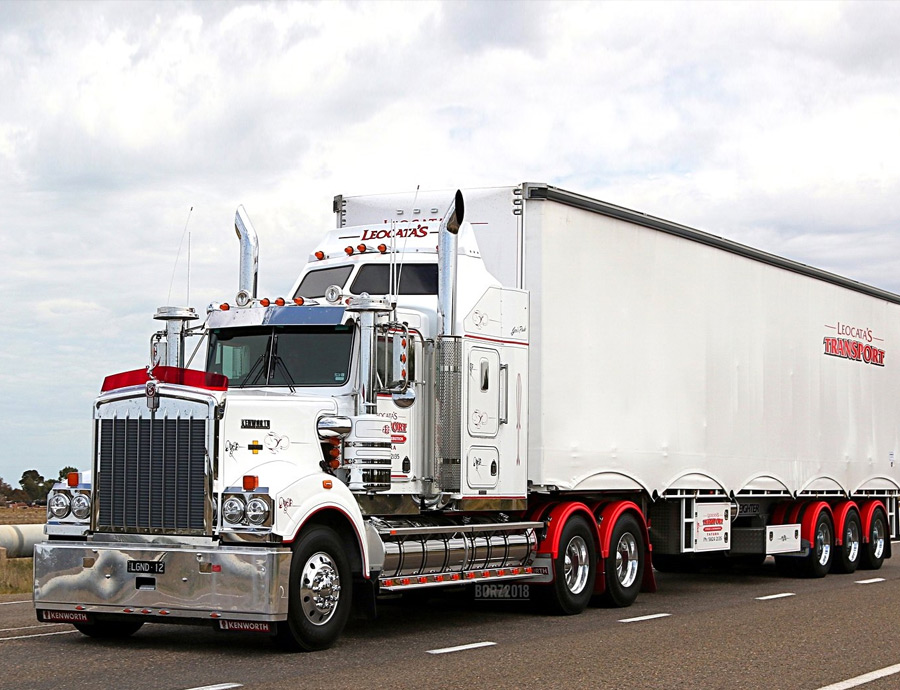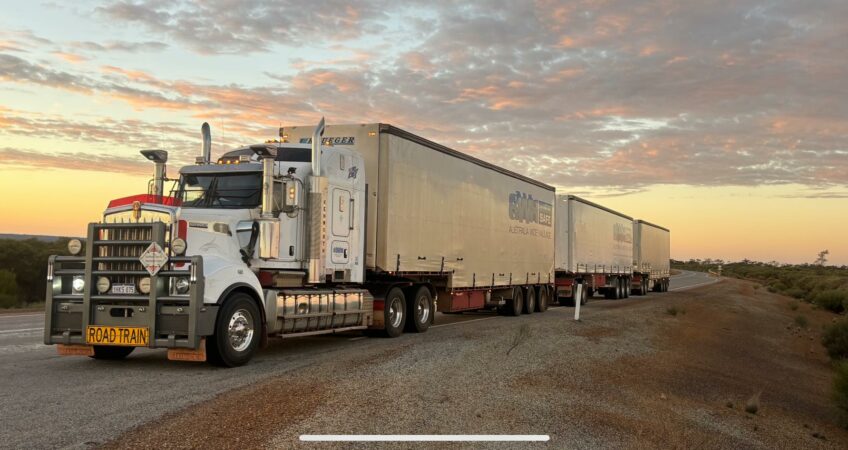Interstate freight services play a crucial role in the ever-evolving landscape of logistics and transportation, enabling businesses to move goods efficiently across state lines. With the rise of e-commerce and increased demand for rapid delivery, understanding the intricacies of interstate freight operations is essential for companies aiming to optimize their supply chains. This article delves into the key components of interstate freight services, including regulations, transportation modes, and the challenges faced by shippers and carriers alike.
As industries continue to grow and consumer expectations shift, the importance of reliable and cost-effective interstate freight solutions cannot be overstated. From trucking to rail transport, various modes offer unique advantages that can be tailored to meet specific needs. In this article, we will explore the different methods of interstate freight, discuss technological advancements shaping the industry, and provide insights into best practices for navigating the complexities of inter-state transportation logistics.
Modes of Transportation
Interstate freight services primarily utilize various modes of transportation, each offering distinct advantages and challenges. Trucking is the most common method, providing flexibility and the ability to reach remote locations. It allows for door-to-door service, making it ideal for time-sensitive deliveries. Alternatively, rail transport is often more cost-effective for bulk shipments over long distances, although it requires coordination with truck services for final delivery. As e-commerce continues to surge, the demand for innovative solutions, such as intermodal transportation, is increasing, enabling shippers to combine different modes for optimal efficiency and cost-effectiveness. For reliable logistics, businesses may turn to specialized companies like Melbourne Interstate Freight, which can navigate these complexities.

Regulatory Considerations
Navigating the regulatory landscape is critical for successful interstate freight operations. Each state has its own regulations regarding vehicle weight limits, safety standards, and compliance requirements, which can create challenges for carriers and shippers alike. Understanding federal regulations, such as those enforced by the Federal Motor Carrier Safety Administration (FMCSA), is also essential. Compliance with these laws not only ensures the safe transport of goods but can also prevent costly delays and fines. As technology evolves, so do regulatory requirements, making it crucial for businesses to stay informed about current trends and best practices in interstate freight management.
In conclusion, interstate freight services are integral to the smooth functioning of the supply chain, bridging the gap between manufacturers and consumers across state lines. As logistics continue to evolve in response to changing market demands, businesses must adapt to utilize a variety of transportation modes while remaining compliant with a complex web of regulations. Embracing technological advancements enables companies to streamline their operations and enhance efficiency, ultimately meeting the rising consumer expectations for speed and reliability. By focusing on effective strategies, such as intermodal solutions and thorough regulatory understanding, businesses can not only navigate the challenges inherent in interstate freight logistics but also gain a competitive edge in an increasingly dynamic landscape. The future of interstate freight services lies in the ability to innovate and adapt, ensuring that goods are transported swiftly and safely across vast distances, thus facilitating economic growth and consumer satisfaction.

